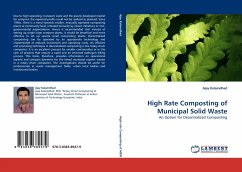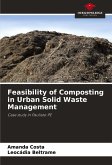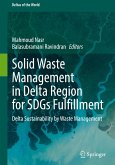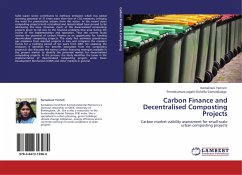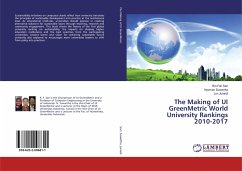As said in sustainability circles, 'when the Environment collapses, everything collapses'; logically, to-preserve human existence, on our fragile planet, the Environment should be protected. Both; Education and Environment are central parts of human existence, while universities have been regarded as catalysts of change; not only educating future decision makers, but also advancing the boundaries of knowledge. As such, they have a special responsibility to exemplify best sustainable practice. Yet, there is frequently a significant disconnect ('knowing-doing-gap'), particularly in developing countries, as many universities are still struggling with the agenda of university 'greening'. This book attempts to illustrate multi-dimensional and complex nature of the existent challenge of solid waste management (SWM) in a university setup. The book also emphases that: (i) waste is a perception based subject; and (ii) 'ecologically focused literacy' (a new educational paradigm, emerging around the-concepts of sustainability, holism, systematic-thinking, and complexity) is increasingly seen as a necessity, in achieving and retaining sustainability. The book targets all SWM stakeholders.
Bitte wählen Sie Ihr Anliegen aus.
Rechnungen
Retourenschein anfordern
Bestellstatus
Storno



